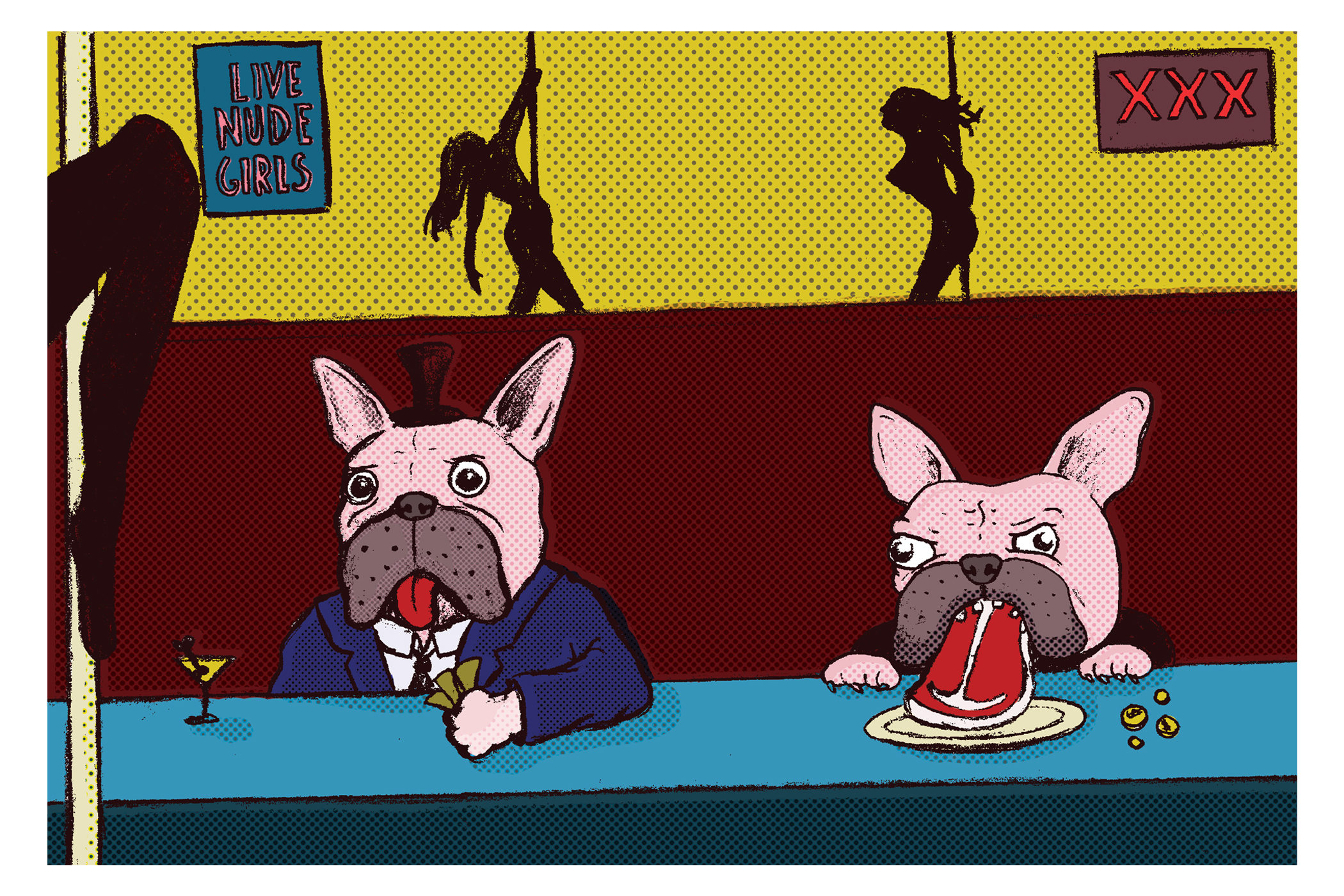“For 40 years, I’ve been a sportscaster, and I’ve never seen a team as good as this,” said Scott Lynn, author of the new book Thornridge, which is about a basketball team in an Illinois suburb.
Remember the falcons
“For 40 years, I’ve been a sportscaster, and I’ve never seen a team as good as this,” said Scott Lynn, author of the new book Thornridge, which is about a basketball team in an Illinois suburb.
The Thornridge Falcons will forever go down in history as one of the greatest high school basketball teams in Illinois. Winning the Illinois High School Association (IHSA) basketball championships in 1971 and 1972, the team never allowed their opponents to come within 14 points of their score.
“I always had an infatuation because they were so good,” said Lynn, who was captain of the basketball team second behind Thornridge in the IHSA.
But there was more to the story than just talented basketball players. The team came together just as racial tensions were at an all-time high and as the integration of black and white high schools was going into effect in the United States. African-American students from Phoenix, Ill., were beginning to attend Dolton and South Holland high schools, formerly predominately white high schools.
The book follows the stories of individual players and coaches on one racially mixed basketball team during a time of integration and racial tension.
“I think [the book] shows how far we’ve come in regard to race relations,” Lynn said. “One example was the 1971 championship game where Boyd Batts was holding the hand of a white cheerleader in front of 60,000 people, and in front of a statewide TV audience in March of 1971. That was not something widely accepted in central Illinois, or most of the country at that time.”
And that’s just one example of the progress we’ve made in 39 years, according to Lynn. Although the book is predominately a book about sports—basketball in particular—there is an element of desegregation and the problems between races at the time.
“I really wanted to resist that information at first,” Lynn said, “but every player said it was part of the story, the African-American kids were not accepted at first, and then they were. It really did bring the black and white communities together.”
In his book, Lynn talks about how the integration of young African-Americans into white schools was a challenge for the players. It took success in the athletic arena for the white community to accept the idea of integration in public schools.
“The black kids were not allowed to set foot in South Holland or Dolton, and here 40 years later they said they stayed out of that area,” Lynn said. “But when it was time to play there was never a seat available, home or away.”
The author will tell you from talking to the players and coaches that race wasn’t a problem within the team. He can attest to that notion in his own experience as well that skill level and ability really was the most important part of respecting each other on a team.
“They got along great and they were all players of incredible talent,” Lynn said. “When you’re playing sports, you’re colorblind.”
Thornridge is best explained as an oral history of the team and of the players that made basketball history. Lynn held countless interviews and took on the challenge of tracking down everyone that was involved with that legendary basketball season.
Lynn, who had to have emergency surgery after finding an apple-sized tumor in his colon, wrote a majority of the book while going through chemotherapy.
Through that time, Lynn felt a responsibility to all of the coaches and teammates he interviewed to bring their story back to life. He said he would bring his laptop with him during his seven-hour treatments.
“I was able to focus on something beside myself, and that was really a godsend,” Lynn said.



